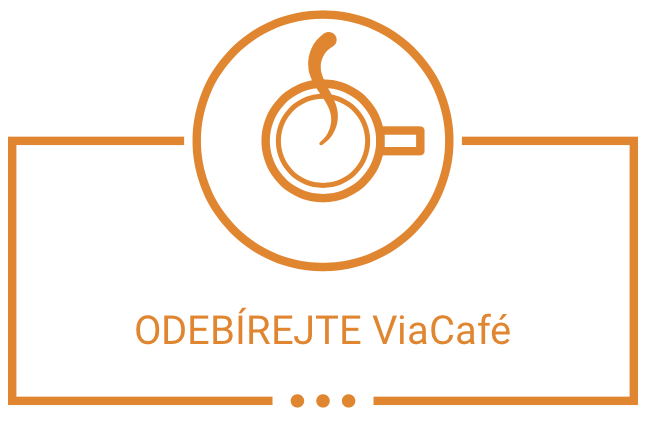Four local associations in different parts of the Karlovy Vary and Pilsen regions illustrate what can emerge when contemporary community initiatives take on history. With the support of Via Foundation, groups are bringing long-forgotten places back to life in these regions. In the Slavkov Forest, local residents are commemorating a former church; in Hory Matky Boží, they are reviving the mining history of the Šumava region; in Chodovská Huť, they are planting a new orchard with heirloom species; and in Nýrsko, they are trying to save a historic Forest Theater built in 1934. We share their stories below.
Slavkov Forest: reviving an abandoned church in the former town of Čistá
A church that once stood in the former mining town of Lauterbach Stadt (Čistá) in the Slavkov Forest region had been forgotten for decades – until 2012. “At that time, we first pinpointed exactly where the church had stood, removed an illegal dump and invasive hogweed, and invited the Loket parish priest to visit,” recalled Filip Prekop from the Terra incognita association, a steward of cultural monuments in the region. “We see the church as a symbol of the whole town, which grew into an important place over more than 500 years, survived the Thirty Years’ War, and adapted to changing economic conditions in the 19th century. It ultimately ceased to exist through an undignified and unnecessary act—the application of collective guilt to a national minority,” Filip added. [Note: The town’s population was relocated after World War II and the building were demolished].
After acquiring ownership of the land in 2018, the Terra Incognita association began improving the terrain and conserving the remains of the northern perimeter wall of the church, which, along with other buildings in the town, was destroyed by bulldozers in the 1950s. “Thanks to a grant from Via Foundation, we were able to continue manually rebuilding the northern perimeter wall and sort through some of the rubble around the church, which we then used in the restoration work,” explained Filip. “Although we are working gradually, changes are already visible, especially when you compare photographs from different years. What was once an impenetrable jungle of ragweed is now a place where people can now spread out a blanket in the shade of century-old trees and have a picnic. I think it’s a big step forward. And I think our efforts are inspiring—they show that it is important to talk about difficult topics and that even a dreary situation can be changed,” Filip concluded.
Mining history comes alive thanks to a renovated interpretative trail
Filip Samko, chairman of the Miners’ Association in Hory Matky Boží, told us how the group came up with the idea of renovating an interpretive trail about the town’s very rich mining history. “We all felt saddened by how awareness of the mining history of the Hory Matky Boží was slowly fading away. It was once a proud town with the status of a royal mining town,” he said. Hory Matky Boží was granted the status of a royal mining town in 1522 by King Louis Jagiellon. “Unfortunately, gold and silver mining declined relatively early on, so the town did not grow like other royal mining towns. Nevertheless, the rectangular street system typical of medieval urban planning is still preserved. Today, we are one of the smallest royal mining towns in Europe,” he said.
Thanks to a Via grant, the association was able to have new interpretive boards produced. “It was also a great benefit that, thanks to Via, we had the opportunity to present our project in person to Czech President Petr Pavel when he visited the Pilsen region. This helped us to raise awareness of our efforts,” Filip explained. The association has already installed new concrete stands for the boards at all stops along the trail and cleared the surrounding area of volunteer trees. It also repaired a replica of a winch. “All of the association’s members and their families helped out. Our friends, neighbors, and other volunteers from the surrounding area also joined in. There were over 40 of us, which is an amazing number considering that only about 80 people live in our village,” Filip said. The official re-opening of the trail is planned for June 2026. “We are preparing a big cultural event called Mining Day in Šumava. During the event, where we will ceremoniously open the trail and bless the new mining flag. Everyone is cordially invited!” Filip added.
By establishing a community garden, locals supported both biiodiversity and community life
Chodovská Huť is one of several small historic villages that are administratively part of the municipality of Tři Sekery in the Mariánské Lázně region. A local association, Příroda Třísekerska, is establishing a new village orchard there. “We are a small village that was founded in the 17th century for poor miners. In its heyday, our village had a school, two mills, and three pubs. The village had its own community life and character, and there was a sense of community identity among the villagers. Unfortunately, that is now a thing of the past. Today, we don’t even have a proper place for residents to gather,” explained Pavel Jaška from Příroda Třísekerska. “We wanted to give local residents the opportunity to do more than just live in the village – to really belong here,” said Pavel, who is a zoologist and conservationist. The orchard is intended as a place where villagers can gather, care for the trees and pick fruit. The project’s ecological aspects are also important to Pavel. “I see old orchards as centers of biodiversity. When they are created with this in mind, they can become places for endangered species such as pollinators and field birds to live,” he added.
Saving a historic forest theater



